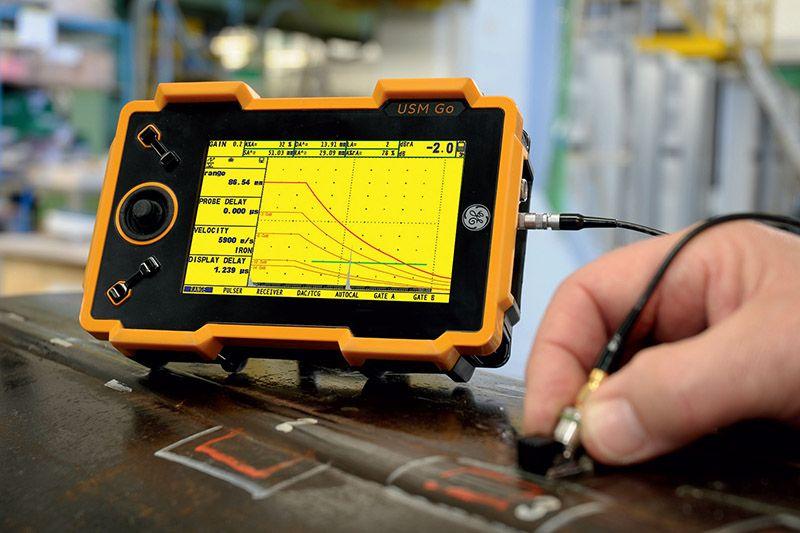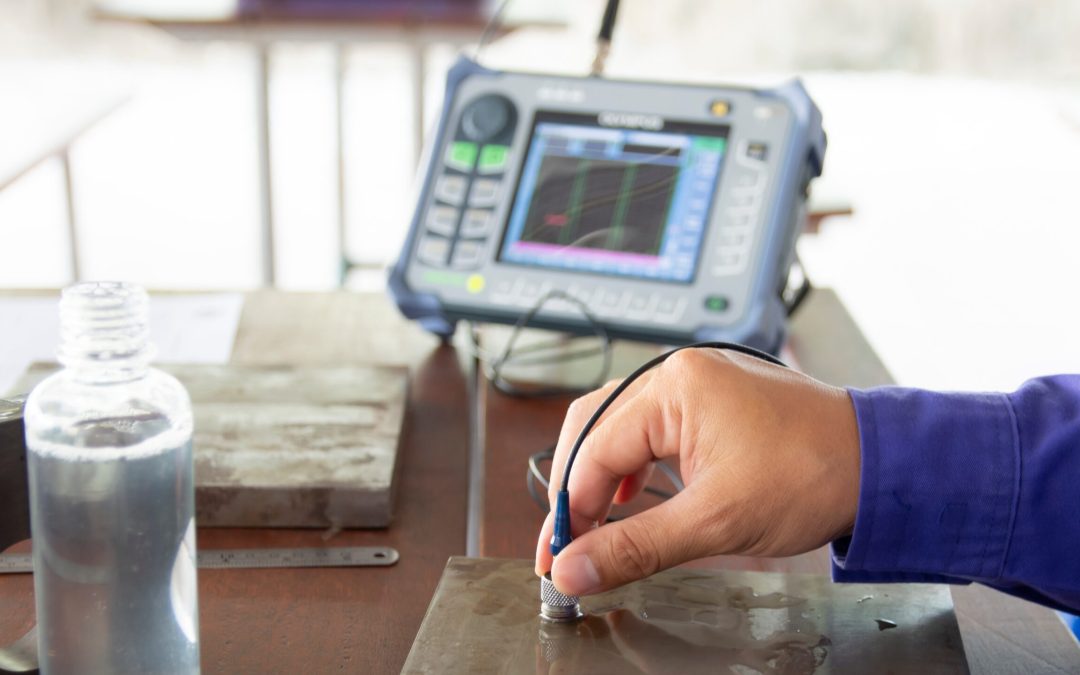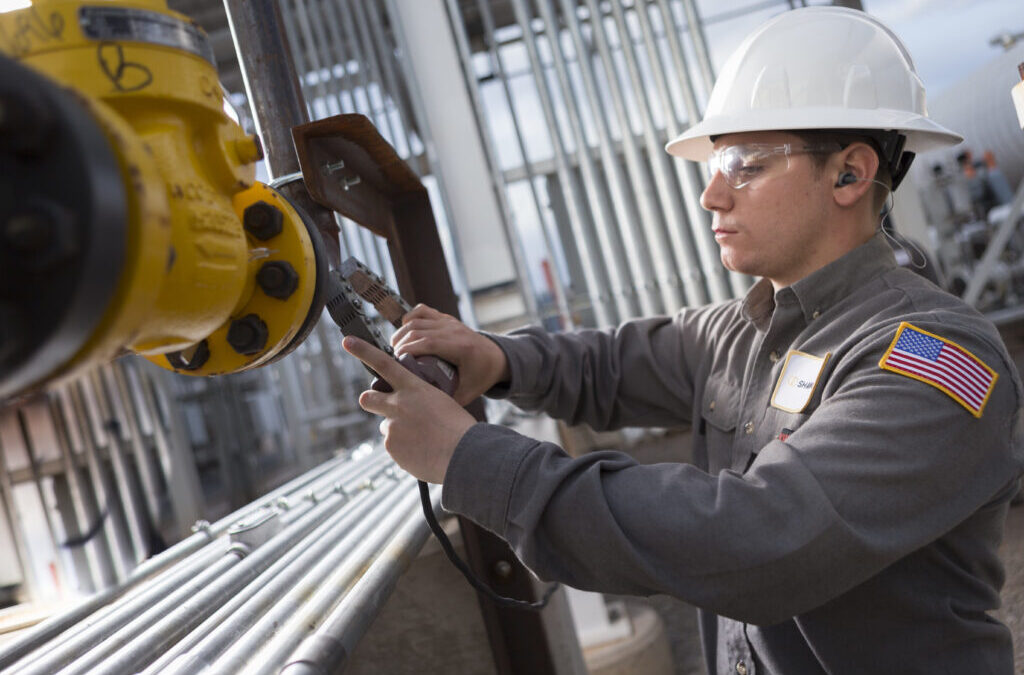In today’s fast-paced technological world, maintaining time synchronization in image inspection systems is crucial for quality assurance professionals. These systems are essential in ensuring that products meet the desired standards. Understanding the importance of time synchronization can significantly enhance the accuracy and efficiency of these systems.

What is Time Synchronization?
Time synchronization refers to the coordination of time across different devices and systems. In the context of image inspection systems, it ensures that all components work in harmony, capturing and analyzing images at precise moments. This coordination is vital for accurate inspections and quality assessments.
Why is Time Synchronization Important?
The importance of time synchronization in image inspection systems cannot be overstated. Without it, images may be captured at incorrect intervals, leading to inaccurate results. Proper synchronization helps in avoiding such discrepancies and improves the reliability of the inspection process.
Impact on Quality Assurance
For industry QA professionals, maintaining accurate time synchronization is crucial. It ensures that every product is inspected thoroughly and meets the required quality standards. This not only boosts customer satisfaction but also enhances the company’s reputation.
Technological Advances
Recent technological advancements have made it easier to achieve precise time synchronization. Systems are now equipped with advanced algorithms and sensors that improve the accuracy and efficiency of inspections. For more insights, you can explore the role of frequency in predictive maintenance.
Components of Image Inspection Systems
Image inspection systems consist of various components, each playing a crucial role. These include cameras, sensors, and processing units, all requiring precise coordination for effective operation.
Cameras and Sensors
The cameras and sensors are responsible for capturing images. They must be synchronized to ensure that images are captured at the right moment, providing accurate data for analysis.
Processing Units
The processing units analyze the captured images. They require synchronized data to make informed decisions, which is why time synchronization is crucial.
Challenges in Time Synchronization
Despite its importance, achieving perfect time synchronization can be challenging. Factors such as network delays and hardware limitations can affect synchronization accuracy.
Network Delays
Network delays can cause discrepancies in time synchronization, leading to inaccurate inspections. Addressing these delays is crucial for maintaining system accuracy.
Hardware Limitations
Older hardware may not support the advanced synchronization techniques required by modern systems, necessitating updates or replacements for optimal performance.
Solutions for Effective Time Synchronization
Implementing strategies to overcome synchronization challenges is essential. Upgrading hardware and using advanced algorithms can help maintain accurate time synchronization.
Hardware Upgrades
Investing in modern hardware that supports advanced synchronization techniques can significantly improve system accuracy. Discover how synchronization improves inspection accuracy.
Advanced Algorithms
Utilizing advanced algorithms can help in achieving precise synchronization, ensuring all components work in harmony for accurate inspections.
Future of Time Synchronization in Image Inspection
The future of time synchronization looks promising, with continuous advancements in technology. These advancements will further enhance the accuracy and efficiency of image inspection systems.
Emerging Technologies
Emerging technologies such as AI and machine learning are set to revolutionize time synchronization, offering more precise and efficient solutions.
Continuous Improvements
Ongoing research and development in the field will lead to continuous improvements, ensuring that image inspection systems remain at the forefront of quality assurance.
Conclusion
Maintaining accurate time synchronization in image inspection systems is essential for ensuring product quality and customer satisfaction. By understanding its importance and addressing challenges, industry QA professionals can significantly enhance their inspection processes.

FAQs
What is the role of time synchronization in image inspection?
Time synchronization ensures that all components of an image inspection system work in harmony, capturing and analyzing images at precise moments for accurate results.
How can network delays affect time synchronization?
Network delays can cause discrepancies in synchronization, leading to inaccurate inspections. Addressing these delays is crucial for maintaining system accuracy.
What are the future trends in time synchronization?
Future trends include advancements in AI and machine learning, offering more precise and efficient solutions for time synchronization in image inspection systems.
For more information on inspection processes, check out this helpful external resource on inspection guidelines.
This article contains affiliate links. We may earn a commission at no extra cost to you.
